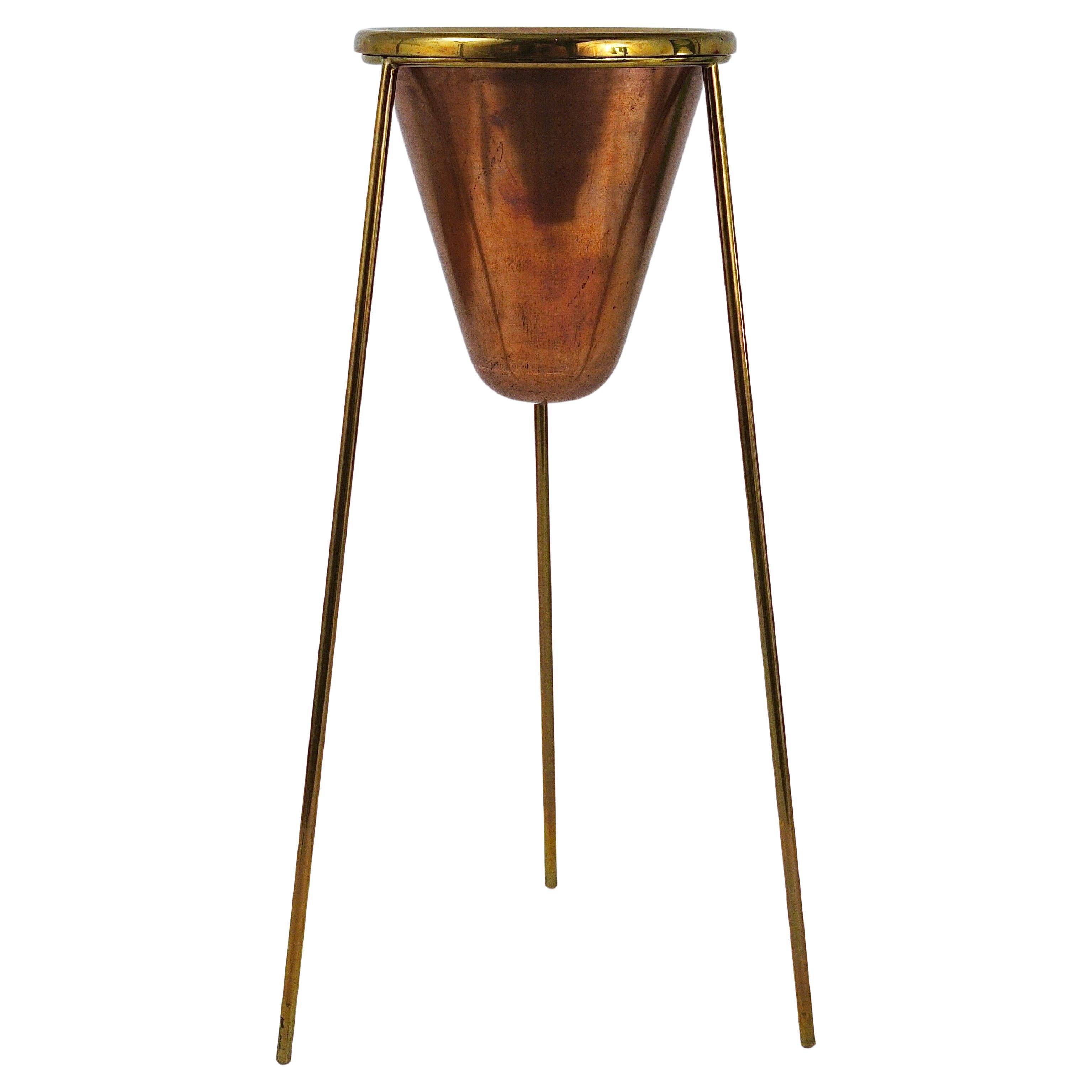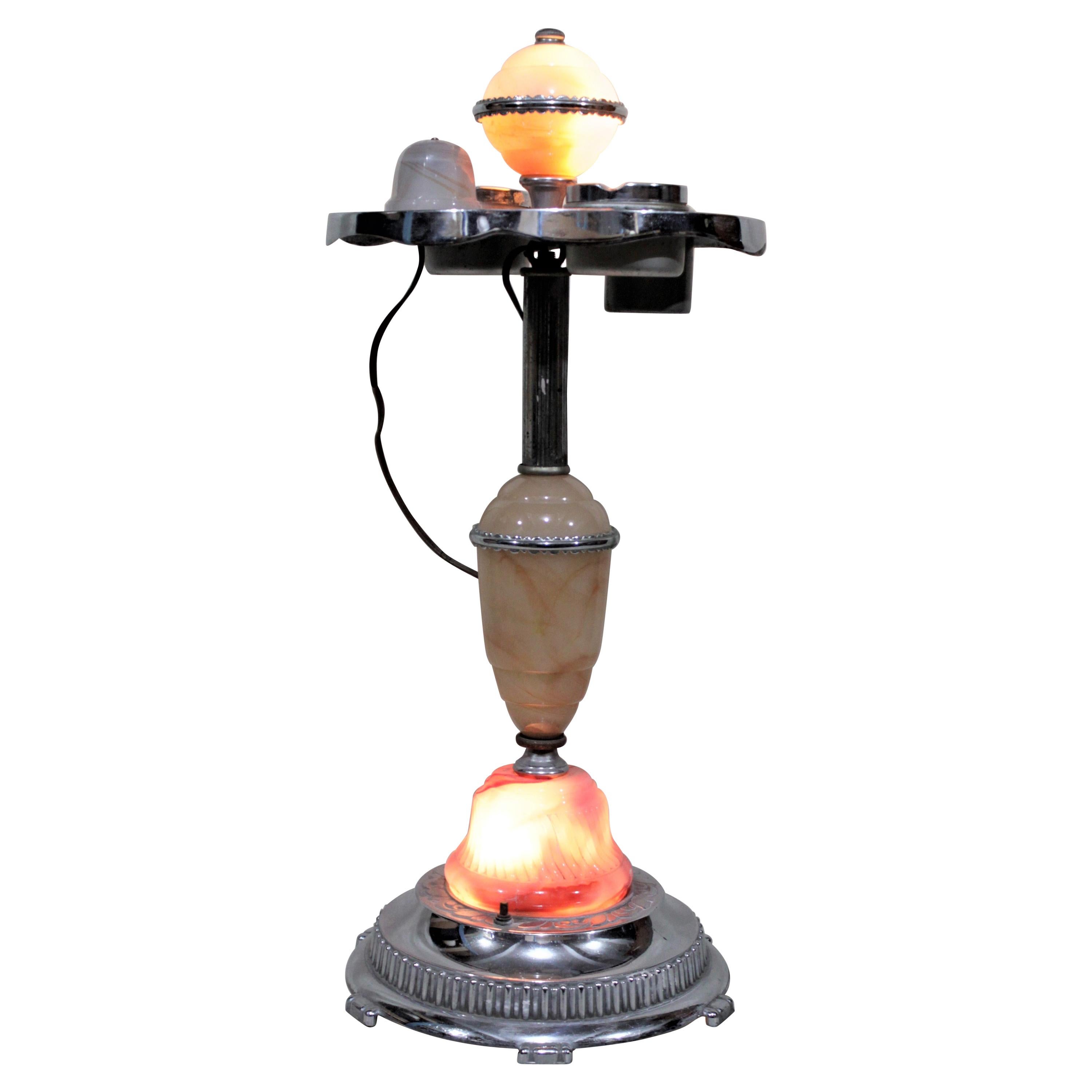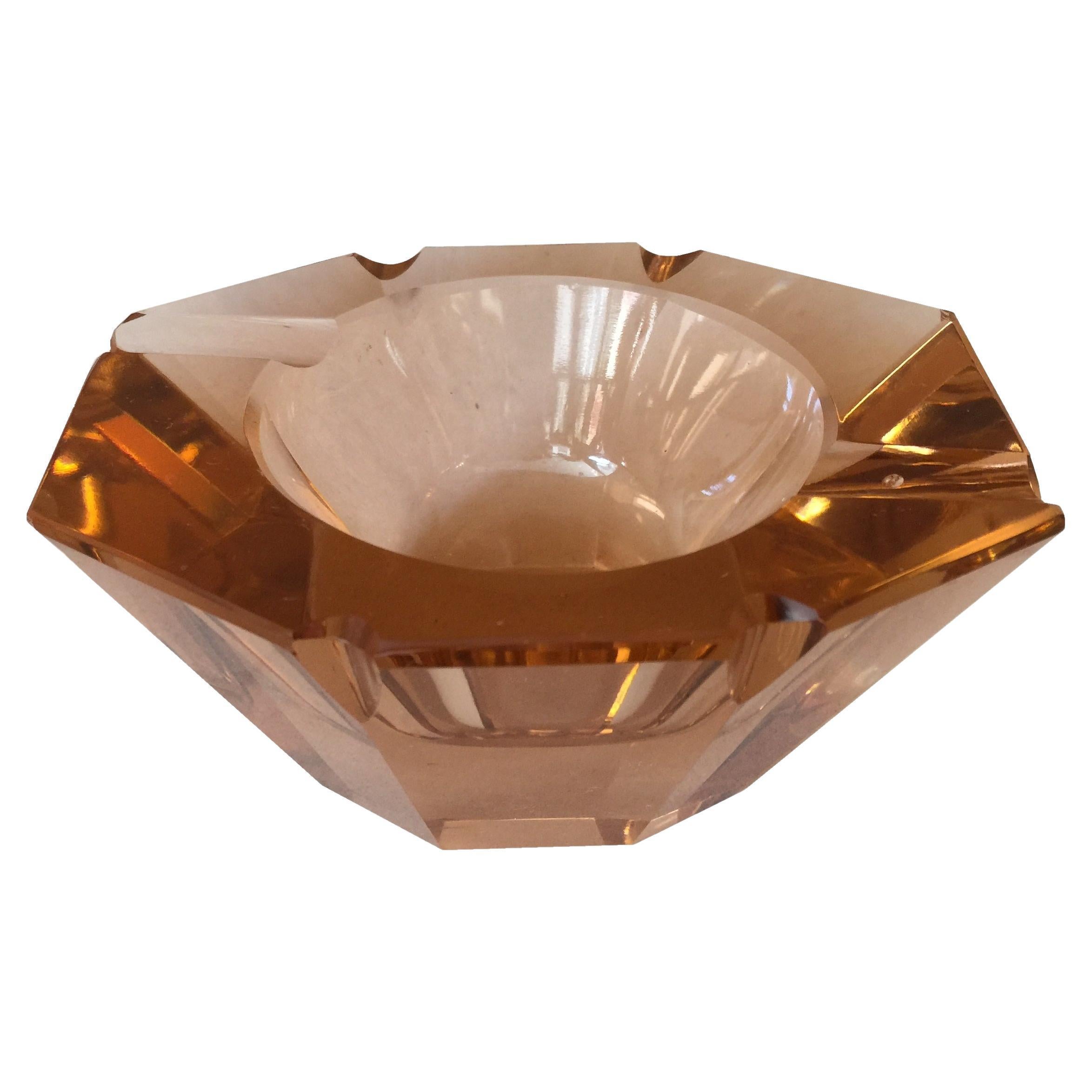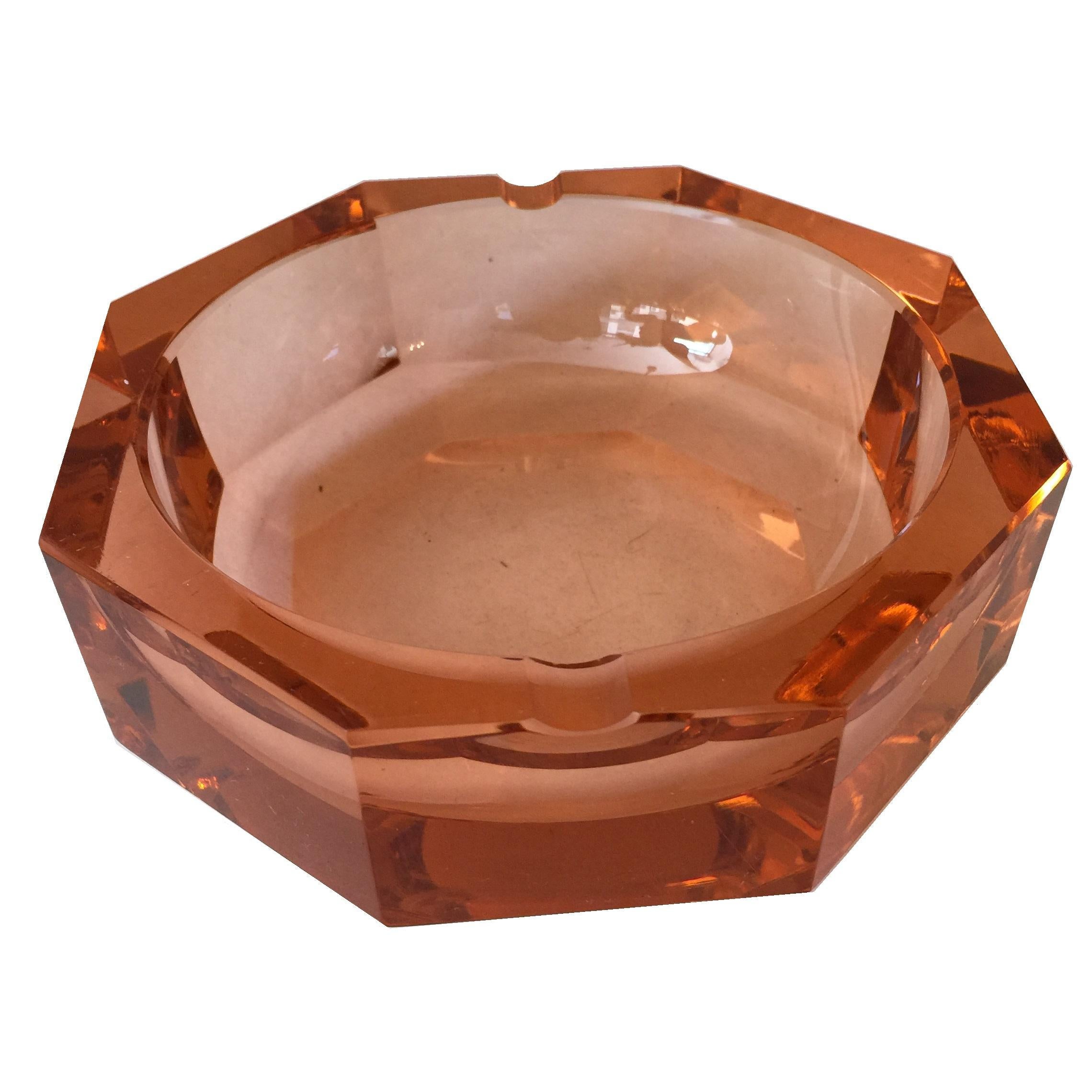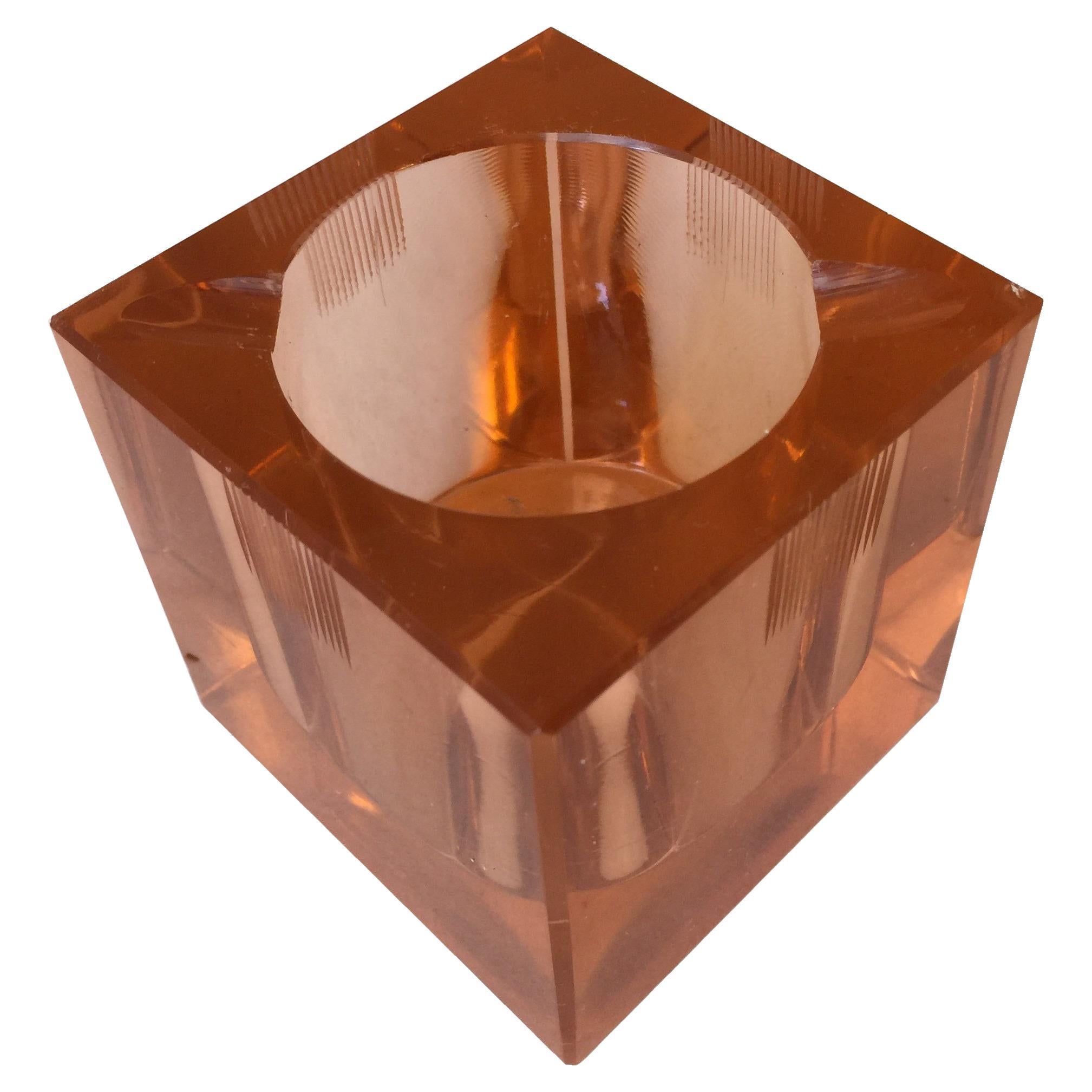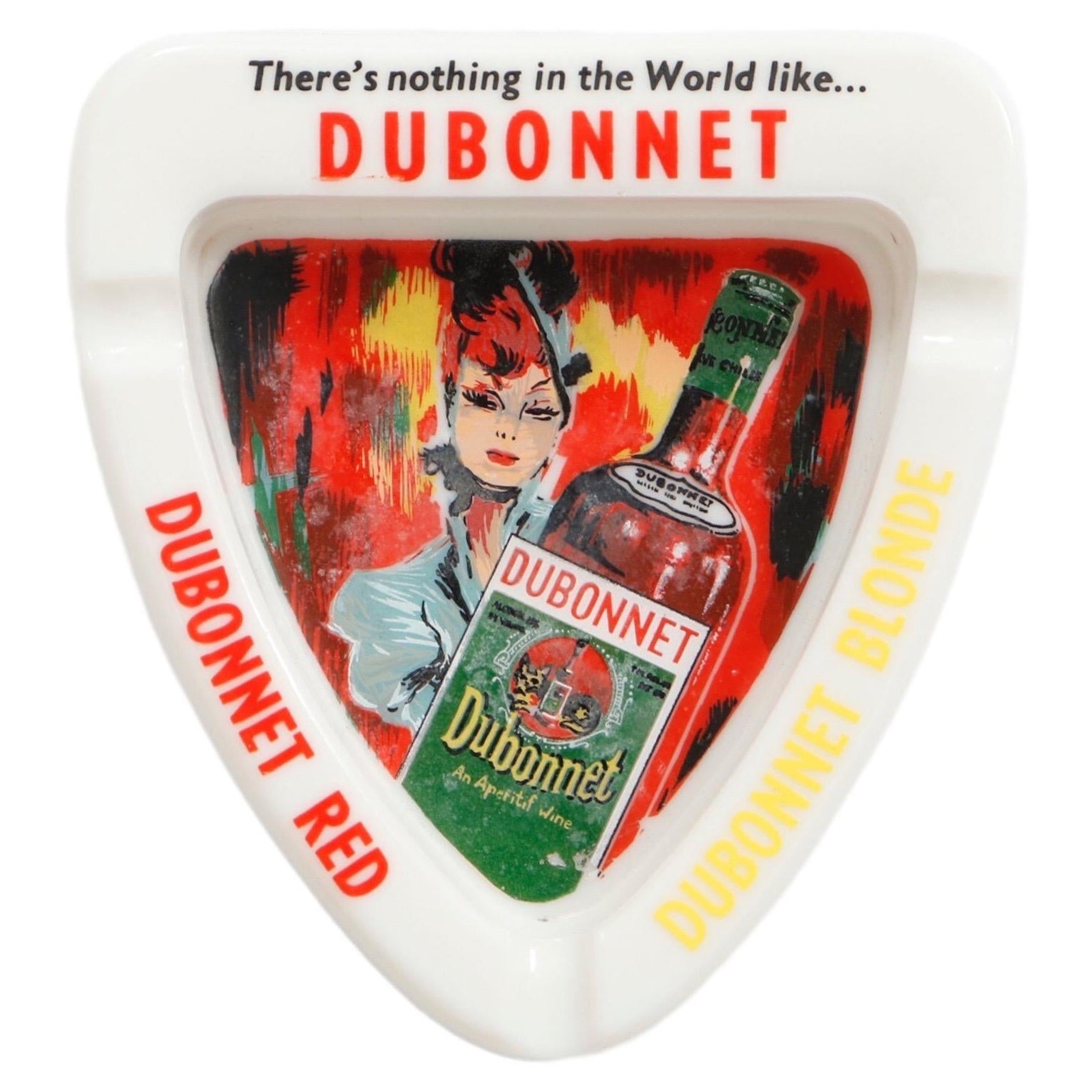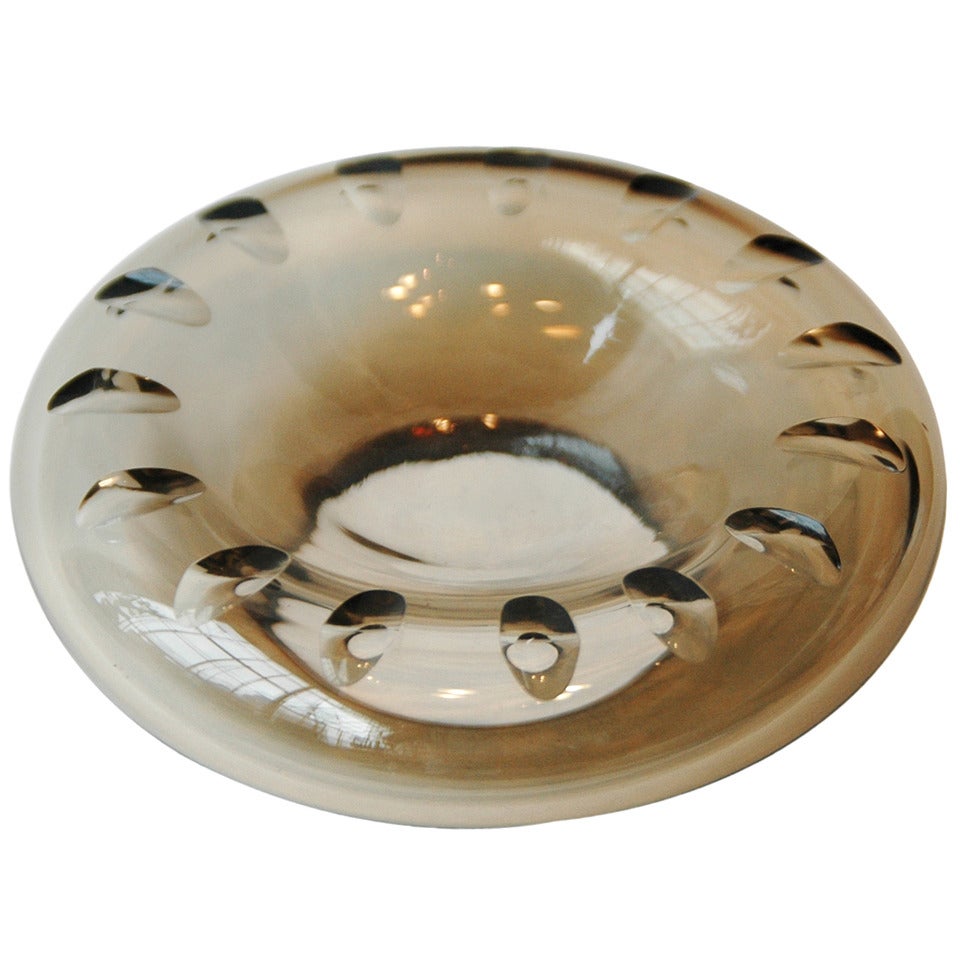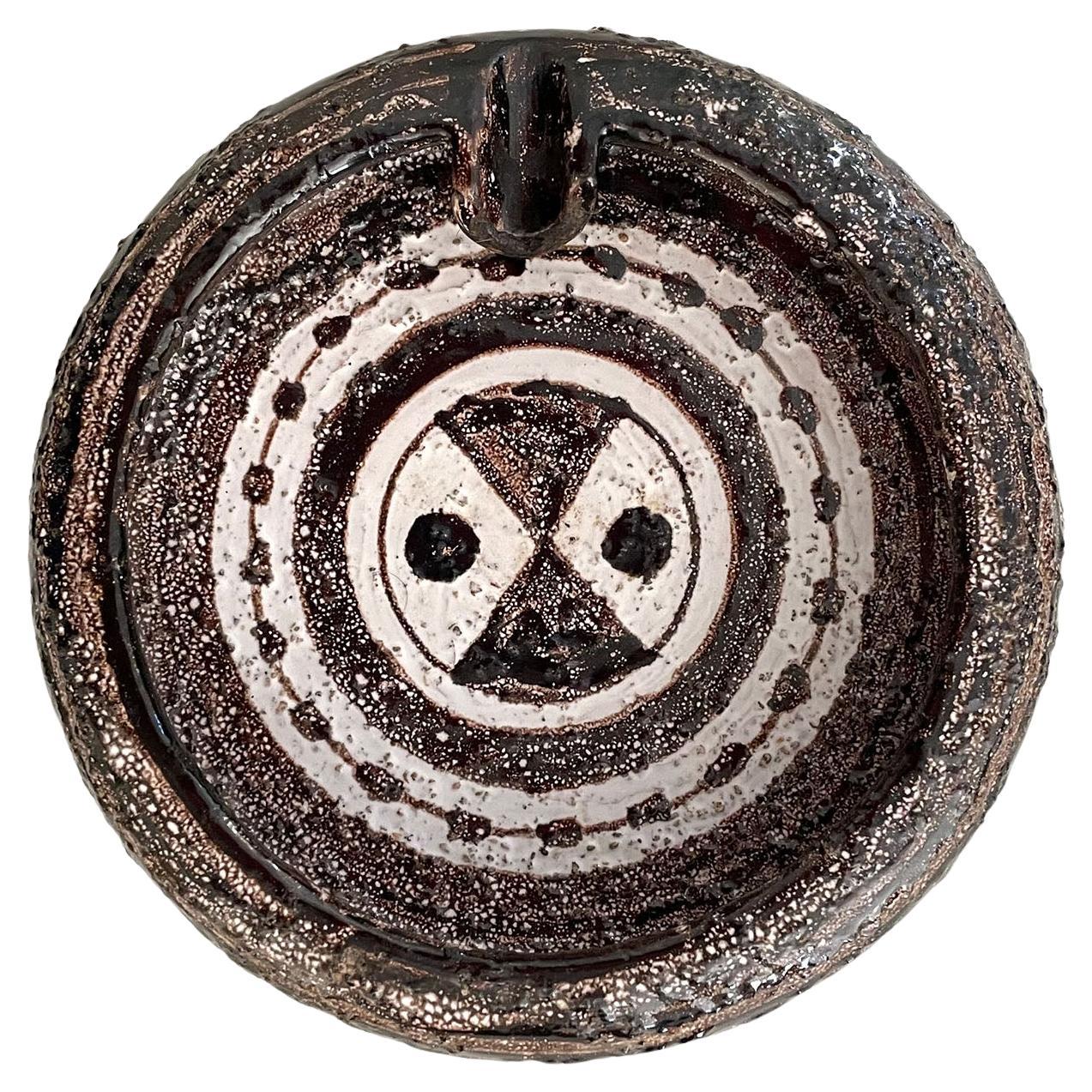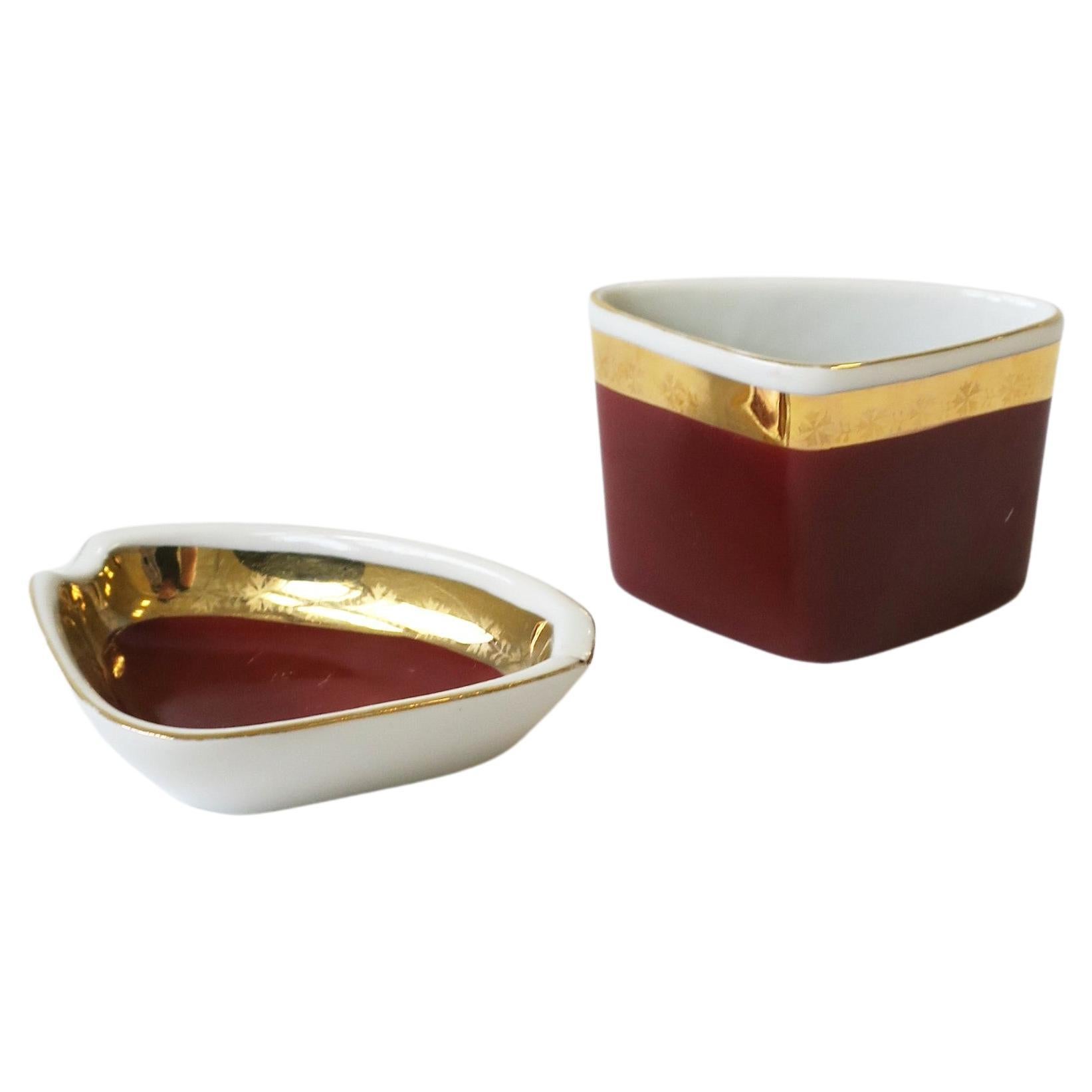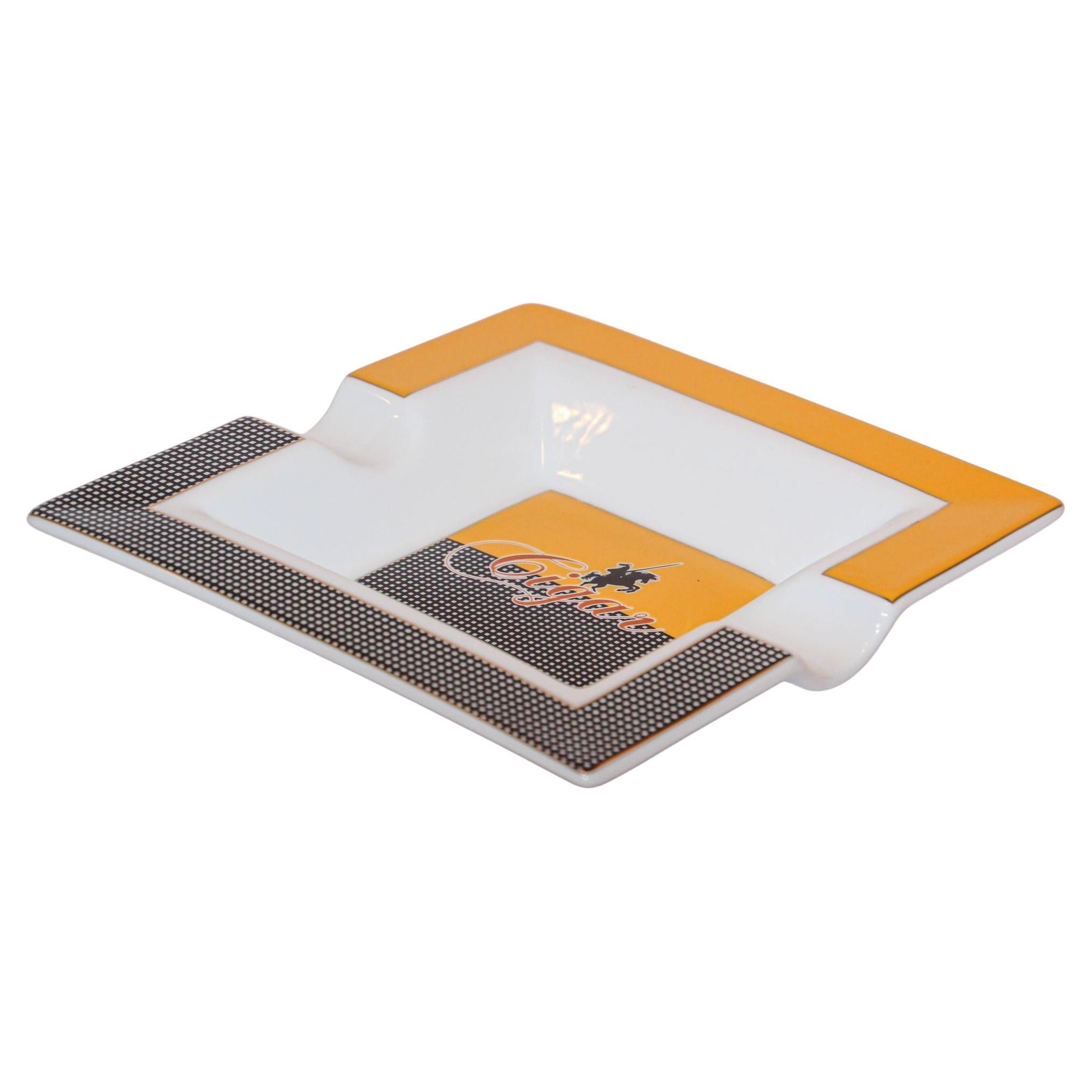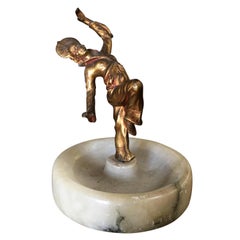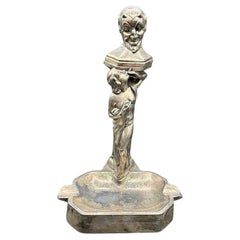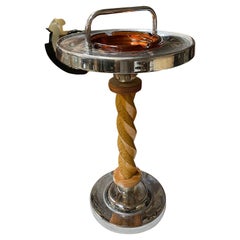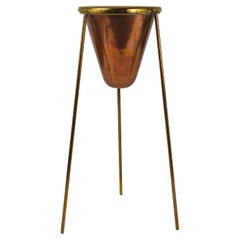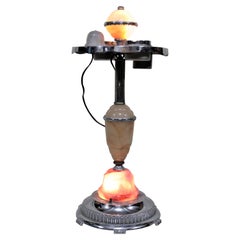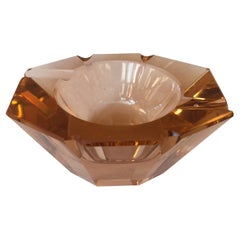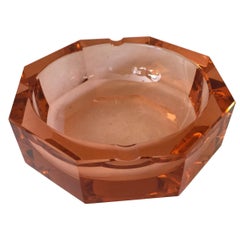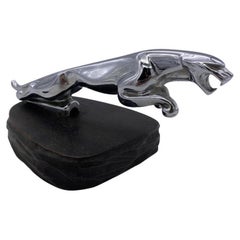
Rare Chrome Plated Jaguar Mk II 'Leaping Cat' Dealership Ashtray
View Similar Items
Want more images or videos?
Request additional images or videos from the seller
1 of 6
Rare Chrome Plated Jaguar Mk II 'Leaping Cat' Dealership Ashtray
About the Item
- Dimensions:Height: 3.5 in (8.89 cm)Width: 4.5 in (11.43 cm)Depth: 7.5 in (19.05 cm)
- Style:Mid-Century Modern (Of the Period)
- Materials and Techniques:
- Place of Origin:
- Period:
- Date of Manufacture:1959
- Condition:Minor losses. Excellent.
- Seller Location:Van Nuys, CA
- Reference Number:Seller: nosku12771stDibs: LU947426076532
About the Seller
4.6
Gold Seller
Premium sellers maintaining a 4.3+ rating and 24-hour response times
Established in 1969
1stDibs seller since 2012
1,307 sales on 1stDibs
Typical response time: 2 hours
Authenticity Guarantee
In the unlikely event there’s an issue with an item’s authenticity, contact us within 1 year for a full refund. DetailsMoney-Back Guarantee
If your item is not as described, is damaged in transit, or does not arrive, contact us within 7 days for a full refund. Details24-Hour Cancellation
You have a 24-hour grace period in which to reconsider your purchase, with no questions asked.Vetted Professional Sellers
Our world-class sellers must adhere to strict standards for service and quality, maintaining the integrity of our listings.Price-Match Guarantee
If you find that a seller listed the same item for a lower price elsewhere, we’ll match it.Trusted Global Delivery
Our best-in-class carrier network provides specialized shipping options worldwide, including custom delivery.More From This Seller
View AllArt Deco Ashtray/Ring Tray with Female Harlequin Dancer Statue by Frankart
By Frankart
Located in Van Nuys, CA
Marble ashtray/ring tray with a female Harlequin dancer spelter metal female statue, circa 1920.
Category
Vintage 1920s American Art Deco Ashtrays
Materials
Metal
Rare Red Enamel Nuart Nude Female Ashtray w/ McCoy Ashtray
By Nuart
Located in Van Nuys, CA
1920s Art Deco ashtray or ring holder by Nuart featuring a nude female figurine offering an ashtray in an oriental red finish with green ceramic Brush McCoy pottery...
Category
Vintage 1920s Ashtrays
Materials
Metal
$937 Sale Price
25% Off
RARE Nude Smoking Women w/ Temptation Devil Figurative Ashtray w/ Lighter
Located in Van Nuys, CA
This 1920s white metal table lighter and ashtray features a Devil/Satyr bust above a smoking nymph with her bare breasts exposed capturing th...
Category
Vintage 1920s American Art Deco Ashtrays
Materials
Metal
$1,312 Sale Price
25% Off
Chrome Early Mid Century Amber Glass "Twist" Oak Ashtray Stand
Located in Van Nuys, CA
Chrome early mid century Amber glass "Twist" oak ashtray stand.
Category
Vintage 1930s Ashtrays
Materials
Metal
Mid Century Ceramic Crescent Shaped Glazed Ashtray Dish
Located in Van Nuys, CA
Mid-century brown crescent-shaped ashtray with gold and multicolored accents. The rich brown glaze enhances its sculptural form, adding warmth and sophistication to its aesthetic. Th...
Category
Late 20th Century American Mid-Century Modern Ashtrays
Materials
Ceramic
$168 Sale Price
25% Off
Restored Rattan and Mahogany Standing Ashtray
Located in Van Nuys, CA
This beautifully restored Paul Frankl-inspired standing rattan ashtray is a sleek and functional accessory designed for convenience and style. Typically featuring a tall, slender bas...
Category
Vintage 1940s Ashtrays
Materials
Rattan
$1,200 Sale Price
25% Off
You May Also Like
Rare Carl Aubock Copper & Brass Tripod Floor Ashtray, Austria, 1950s
By Werkstätte Carl Auböck
Located in Vienna, AT
A rare modernist vintage floor standing ashtray from the 1950s, designed and executed by Carl Auböck, Vienna. The bowl of this beautiful...
Category
20th Century Austrian Mid-Century Modern Ashtrays
Materials
Brass, Copper
Art Deco Chrome Lighted Smoker's Stand or Ashtray with Electric Lighter
Located in Hamilton, Ontario
This Art Deco styled lighted smoker's stand is unsigned but presumed to have been made in the United States in the 1950s. The stand features a light at the top and base made of swirled glass of orange and cream hues to replicate alabaster which emits a warm glow when lit. The central post is also accented with a marbled and tapered, possibly alabaster cylinder which is separated by a chrome ring. The top features two removable ashtray cups and a covered tobacco canister...
Category
Mid-20th Century American Art Deco Tobacco Accessories
Materials
Metal
Ashtray Crystal, 1950
Located in Ciudad Autónoma Buenos Aires, C
Crystal
We have specialized in the sale of Art Deco and Art Nouveau and Vintage styles since 1982. If you have any questions we are at your disposal.
Pushing the button that reads ...
Category
Vintage 1950s Italian Space Age Ashtrays
Materials
Crystal
$1,450
Ashtray Crystal, 1950
Located in Ciudad Autónoma Buenos Aires, C
Crystal
We have specialized in the sale of Art Deco and Art Nouveau and Vintage styles since 1982.
Why are there so many antiques in Argentina?
In the 1880 – 1940 there was a grate wave of immigration encouraged by the periods of war that were taking place.
1st World War took place between 1914 and 1918
2nd World War took place between 1939 and 1945
The immigrants options were New York or Buenos Aires. Tickets were cheap and in Buenos Aires they were welcomed with open arms, as it was a country where everything was still to be done.
Argentina was the country of new opportunities, labour was needed and religious freedom was assured, in many cases the of the family travel first until they were settled and then the rest of the family members join them.
In the immigrant museum “Ellis Island Immigrant Building” in New York you can se the promotional posters of the boats that would take them to a new life.
Between the years 1895 and 1896, Argentina had the highest DGP (gross domestic product) per capita in the world according to the Maddison Historical Statistics index, this situation arose due to the large amount of food being exported to European countries, which were at war.
The Argentinean ships left the port of Buenos Aires with food, but they returned with furniture, clothes and construction elements, (it´s common to see this the old buildings of the historic neighbourhood of San Telmo, the beams with the inscription “Made in England)”, as well as many markets that were built in Buenos Aires, such us the San Telmo Market, whose structure was brought by ship and afterwards assembled in 900 Defensa Street.
With the great influence of European immigrants living in the country, the children of the upper classes travelled to study in France, resulting in the inauguration of “La Maison Argentinienne”, on 27th of June 1928, in the international city of Paris, which hosted many Argentinians that were studying in Frace.
It´s the fourth house to be built after France, Canada and Belgium, being the first Spanish-speaking one. Still in place today (17 Bd Jourdan, 75014, Paris, France). Many of the children of these wealthy families who attended international art exhibitions, museums and art courses abroad, took a keen interest in the European style. This is why Buenos Aires was at the time referred as “The Paris of South America”.
Between the years 1890 and 1920 more than a hundred Palaces were built on Alvear Avenue the most exclusive avenue in Buenos Aires. Today some of these palaces have been transformed into museums, hotels and embassies.
In the year 1936, the Kavanagh building was inaugurated, it was the tallest reinforced concrete building in South America.
During 1994 the American Society of Civil Engineers distinguished it as an “international engineering milestone”, and it´s now considered a World Heritage of Modern Architecture.
At the time was common to hire foreign architects such as Le Corbusier, who visited Buenos Aires/Argentina in 1929 and in 1948 he drew up the blueprints for a house built in La Plata City (which was declared a World Heritage Site).
In 1947, the Hungarian architect Marcelo Breuer designed “Parador Ariston” in the seaside city of Mar del Plata. After an Argentinean student at Harvard University convinced him to come to Argentina. He worked on an urban development project in the Casa Amarilla, area of La Boca.
The Ukrainian architect, Vladimiro Acosta, arrives in Argentina in 1928 and worked as an architect until que moved to Brazil.
Antonio Bonet, a Spanish architect who worked with Le Corbusier in Paris, arrives in Argentina in 1937, where he carried out several architectural works and in 1938 designs the well-known BFK chair.
Andres Kálnay, of Hungarian origin, made around 120 architectural masterpieces, among which the former Munich brewery stands out, he even made the furniture’s design.
The German architect, Walter Gropius, director of the Bauhaus, lived in Argentina, where he wrote articles for “Sur” magazine and founded in Buenos Aires, an architectural firm with Franz Möller, who was also an architect, where he built two houses.
At the same time several famous designers decided to immigrate to Argentina, among them we can find the well-known French designer, Jean-Michel Frank, who arrived in the country in 1940 and also worked for the Rockefeller family.
Special pieces were made, which were sold exclusively in the country, such as the well-known German company “WMF”, who sold their products by catalogue, which were chosen by the ladies of high society in the list of wedding gifts, as well as the pieces designed by Christofle.
The Swiss sculptor Alberto Giacometti, made special pieces for Argentinean mansions.
In 1904 the first Jansen branch outside Paris was established in Buenos Aires, as the Argentinean clientele demanded a large amount of furniture, from the end of the 19th century to the mid-20th century.
In 1970, the brand Rigolleau Argentina made pieces authorised by Lalique.
The brands Maple and Thompson also set up shop in the country.
The French plastic artist, Marcel Duchamp moved to Argentina in 1918-1919.
Glass signed Gallé, Charder, Leverre, Schneider, Muller and other French firms. They were bought in flower shops and were given to ladies with beautiful floral arrangements.
Some furniture manufacturers travelled to international fairs and bough the patterns to produce the furniture in Argentina, such as the furniture firm Englander and Bonta, who bought the patterns ins Italy.
It is worth mentioning that in Argentina we have the largest community of Italians outside...
Category
Vintage 1950s Italian Space Age Ashtrays
Materials
Crystal
$1,500
Ashtray 1950 Crystal
Located in Ciudad Autónoma Buenos Aires, C
Crystal
We have specialized in the sale of Art Deco and Art Nouveau and Vintage styles since 1982. If you have any questions we are at your disposal.
Pushing the button that reads ...
Category
Vintage 1950s Italian Space Age Ashtrays
Materials
Crystal
$1,350
Dubonnet Opaline Glass Ashtray
Located in Bradenton, FL
An opaline glass ashtray made by French company Opalex. Branded Dubonnet with Dubonnet Red and Dubonnet Blonde on a wide lip with three cigarette rests. Hand painted in the center wi...
Category
Mid-20th Century French Tobacco Accessories
Materials
Glass
Recently Viewed
View AllMore Ways To Browse
Verte Imari
Vertigo Film Poster
Vertigo Poster
Vico Magistretti Bed
Victorian Antique Marble Top Eastlake Parlor Table
Victorian Bedside Tables
Victorian Glass Punch Bowls
Victorian Iron Lounge Chair
Victorian Long Case Clock
Victorian Monteith
Victorian Oddities
Victorian Pub Table
Victorian Soap Dish
Victorian Tilting Water Pitchers
Victorine Dining Room
Vietnam Pot
Vietri Glass Plates
Villeroy Crystal
